Discover the perfect bed for your newborn with our Comprehensive Guide to Newborn Sleeping Options. Explore various choices and expert tips to ensure your baby's comfort and safety.

Congratulations on your new bundle of joy! The arrival of a newborn brings immense joy and excitement to your life, but it also comes with a fair share of sleepless nights and uncertainty.
As a new parent, you want nothing more than to ensure your little one gets the best sleep possible.
Welcome to "Dreamland Awaits," a captivating exploration into the world of newborn sleeping options. In this comprehensive guide, we'll take you by the hand and unveil a treasure trove of knowledge, and practical tips to help you discover the best sleeping arrangement for your bundle of joy.
From bassinets to cribs, co-sleepers and camp cots we will cover everything you need to know to make informed decisions and ensure your baby's peaceful sleep during their first few months
Deciding where to let your precious newborn sleep is a question that often plagues new parents, and I remember grappling with it myself.
When I welcomed my little one into the world, I couldn't help but worry about their safety and well-being during those early months. That's when I turned to the advice of The American Academy of Pediatrics, which suggested room-sharing as a precaution against Sudden Infant Death Syndrome (SIDS).
I opted for a cozy bassinet or crib for my baby, understanding that it would offer them a secure and comfortable sleeping space. Having them close by in the same room allowed me to cherish those precious moments of bonding and tend to their nighttime needs with ease.
However, I soon realized that every baby is a unique little individual, and what works for one may not work for another. So, I learned to pay close attention to my baby's comfort and adjust accordingly. It's incredible how their needs can differ, even from day to day.
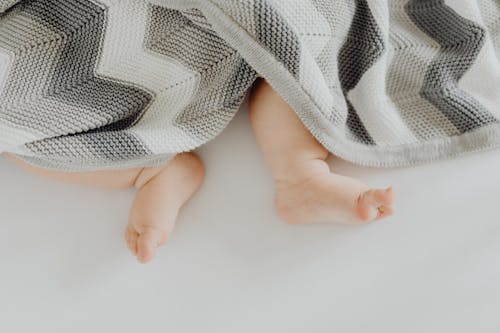
By exploring different sleeping options and considering my own lifestyle and preferences, I was able to make an informed decision that provided a safe and peaceful sleeping environment for my newborn.
I encourage you to embrace this journey and trust your instincts as a parent. Remember, no one knows your baby better than you do.
So, listen to your heart, observe your baby's cues, and create a sleeping arrangement that suits both of you. This way, you can ensure a secure and tranquil haven for your little bundle of joy to rest and grow.
Understanding where your newborn should sleep during the day is equally important. Bassinets, cribs, camp cots and other things for babies to sleep in can be utilized in a quiet area of your home, away from excessive noise and distractions. This creates a peaceful and conducive environment for your baby to sleep and establish healthy sleep patterns.
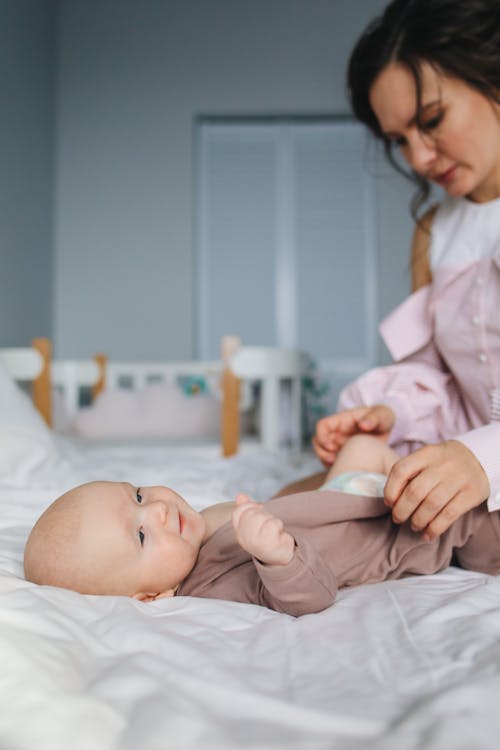
What if you don't have a crib for your precious newborn? Fear not, as we unveil a world of suitable alternatives to provide a safe and cozy sleeping space.
Whether it's a bassinet or a portable camp cot, these newborn sleep beds offer comfort and security, even in the absence of a traditional crib.
Just remember to prioritize safety standards and guidelines to ensure a secure sleeping environment for your little one.
Click here to see more of our Preloved Camp Cots.
For a comprehensive view on making the best choices for baby camp cots, we recommend delving into The Ultimate Guide to Choosing the Best Baby Camp Cot. This guide covers everything you need to know to provide your baby with a safe and comfortable place to rest.
Ensuring the safety of your infant's sleep environment is crucial for their well-being. The position in which you place your baby to sleep plays a significant role in reducing the risk of Sudden Infant Death Syndrome (SIDS) and other sleep-related incidents.
Here's essential information on the optimal position for infant sleeping:
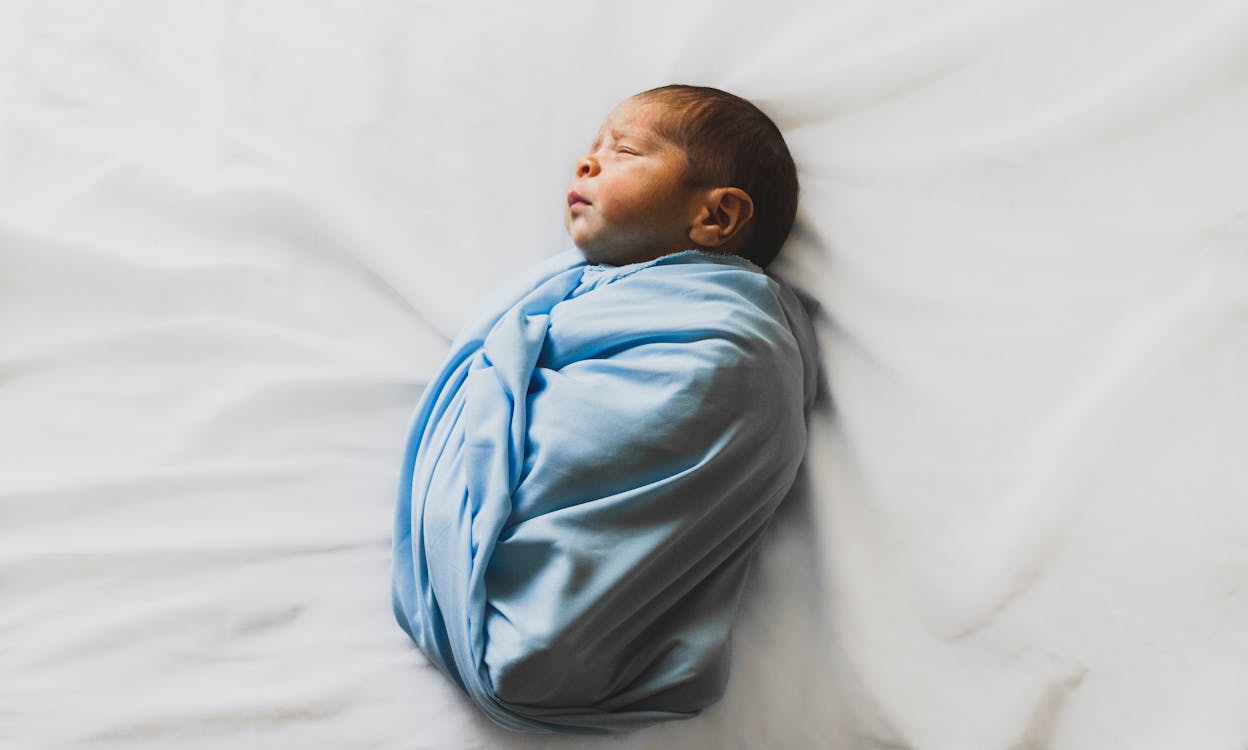
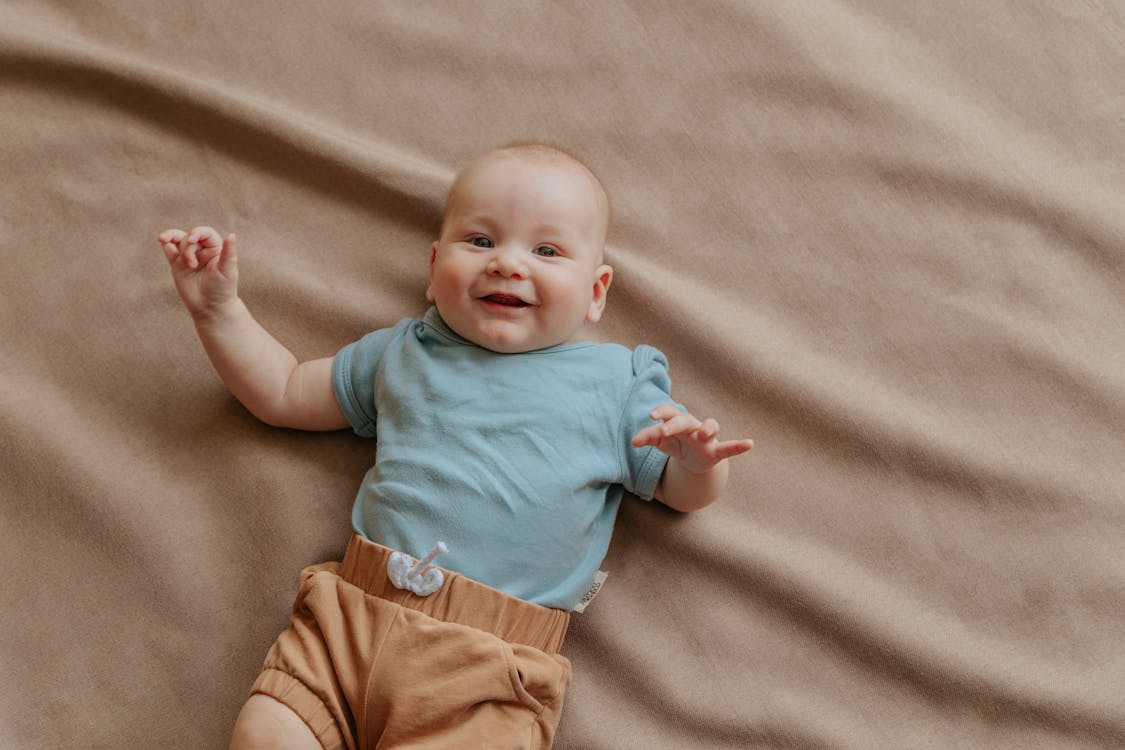
The decision of when to transition your baby to their own room is a personal one.
While the recommended practice is to room-share for the first few months, you can consider moving your baby to their own room once they are a bit older.
Consult with your pediatrician and assess your baby's readiness for independent sleep.
Ensure that the nursery provides a safe and comfortable sleeping environment.

If you have a small bedroom, you may wonder where to put a bassinet. Consider placing it near your bed, maximizing the available space without causing obstructions. Ensure that the bassinet is secure and stable, providing a safe sleep environment for your baby.
Here are some strategies:
By implementing these space-saving strategies and thinking creatively, you can find a suitable spot for a bassinet in your small bedroom without compromising on functionality or comfort for your newborn. Once you've found that perfect spot, consider deepening your understanding on bassinets by reading Sweet Serenity: Unraveling the Benefits of Bassinet Sleeping: This guide delves into the advantages your baby will enjoy from such a cozy and dedicated space.
When it comes to choosing a option for your baby, the market offers a wide range of choices. You will therefore need to take into account factors such as space availability, portability, and convenience for nighttime feedings and soothing.
From traditional cribs to innovative co-sleepers, bassinets, and camp cots, the choices can be overwhelming. Consider your specific needs and preferences as you navigate the myriad options for newborns. For those particularly interested in fostering a closer connection with their child during those early months, we highly recommend checking out Bonding and Bliss - Exploring the Advantages of a Co-Sleeper. It provides an in-depth look at the benefits and practicalities of such an arrangement.
Want to see more of our new stock? Click here
For those seeking a thorough understanding of selecting the ideal baby camp cot, click onto The Ultimate Guide to Choosing the Best Baby Camp Cot. This guide encapsulates all essential details, ensuring your baby's safety and comfort during rest.
Creating a cozy and secure sleep environment for your newborn is crucial for their comfort and safety.
Regardless of the option you choose, prioritize factors such as a firm and breathable mattress, fitted sheets, and proper ventilation.
Remove any unnecessary blankets, pillows, or stuffed animals from the area, as they can pose suffocation risks. By adhering to safety guidelines and using suitable bedding, you can provide your baby with a peaceful and restful sleep.
Click here to see our wide range of new bedding and cot mattresses.
Every baby is different, and their sleeping preferences may vary. Some newborns may feel more secure and content in a smaller, enclosed space, such as a bassinet or co-sleeper, while others may prefer the spaciousness of a crib and camp cot.
Observe your baby's cues and comfort levels to determine the best place for a newborn to sleep.
Pay attention to their sleep patterns, movements, and overall well-being to ensure they are getting the rest they need.
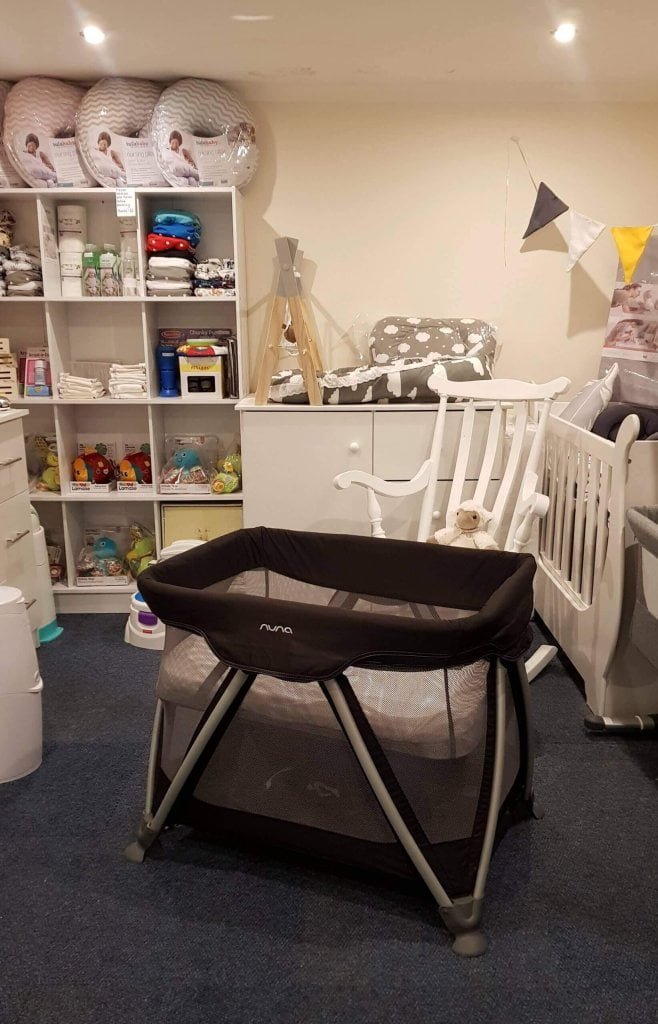
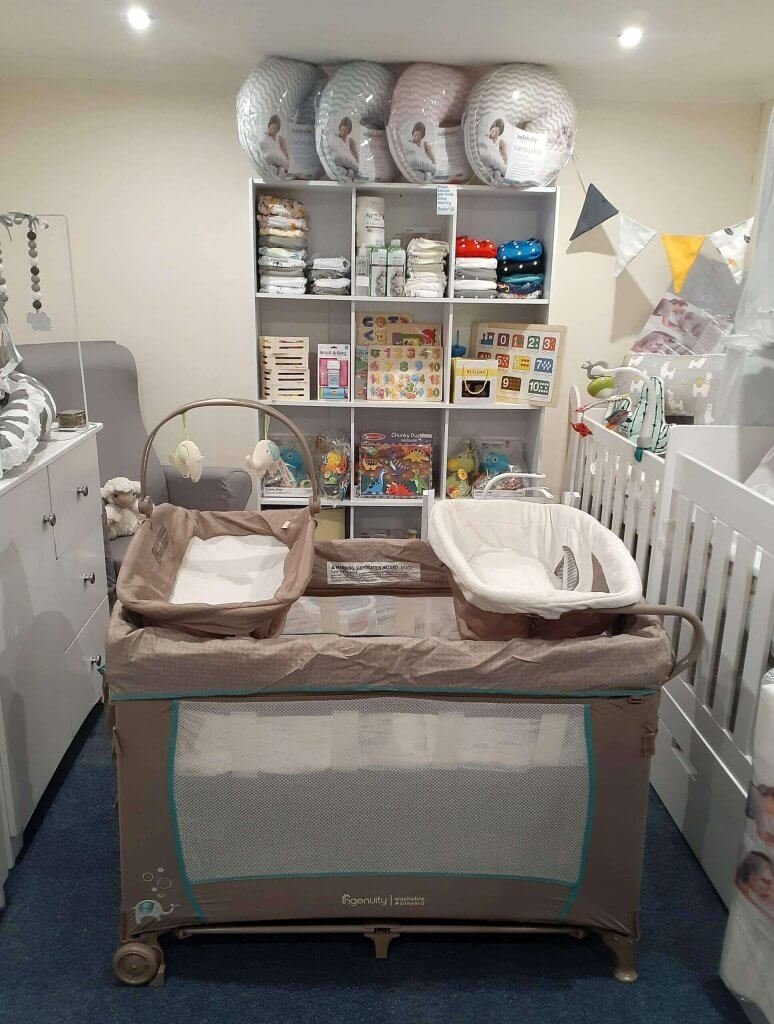
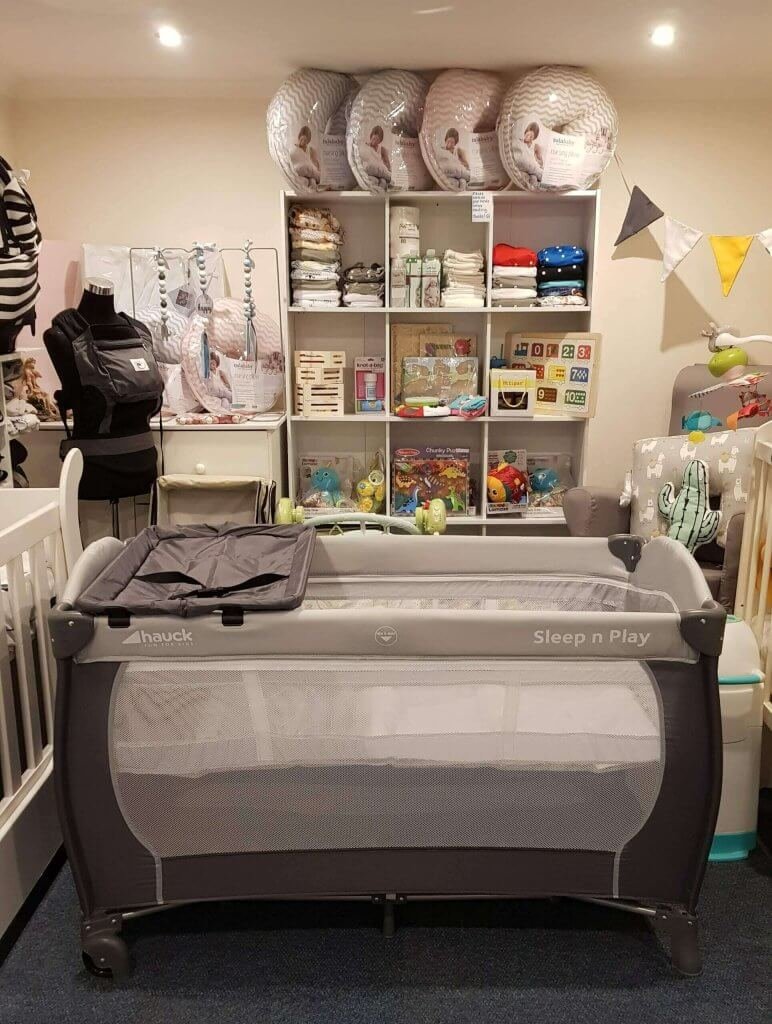
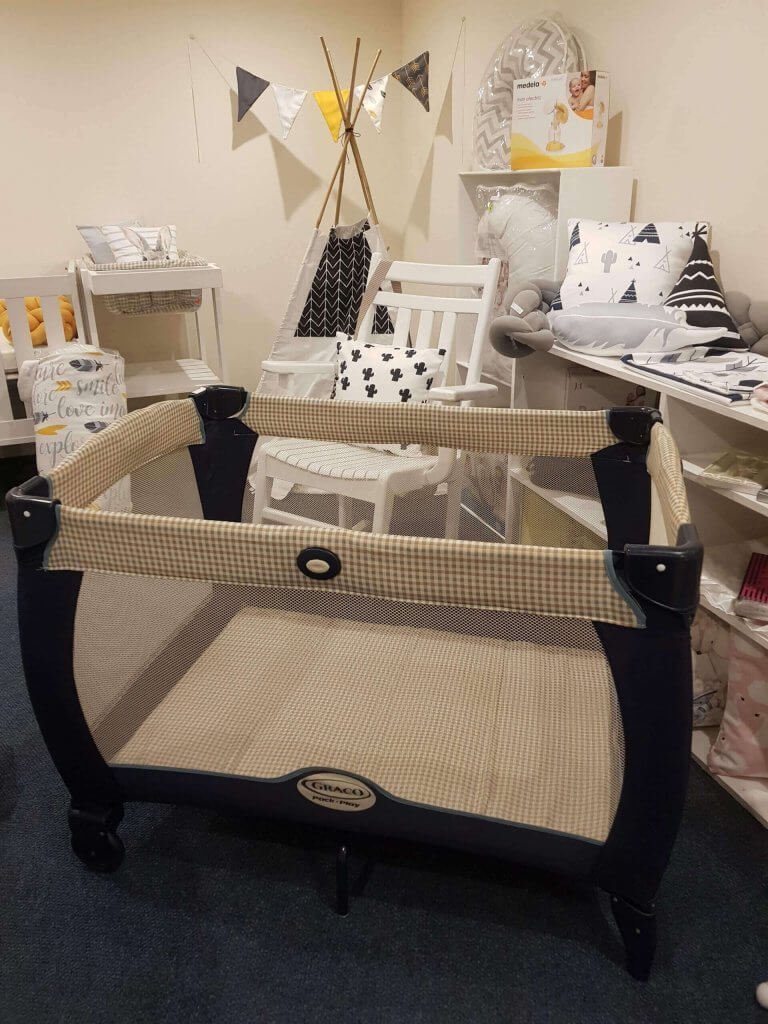
For More Information, Click Here and have a look at our Rental Camp Cots
If you're on the hunt for the perfect baby camp cot, we highly recommend exploring Dreamland Haven: Discover the Perfect Baby Cot for Your Baby. This guide offers comprehensive insights, prioritizing your baby's safety and comfort.
When in doubt about where your newborn should sleep or which option is best for your baby, consult with healthcare professionals.
Pediatricians and other healthcare providers can offer valuable guidance tailored to your baby's specific needs and circumstances.
They can provide insights into safe sleeping practices, recommendations for suitable arrangements, and address any concerns or questions you may have.
When it came to deciding where my precious little one would sleep, I knew I had to carefully weigh various factors to make the best choice. Safety, comfort, and my own parental preferences all played a role in this important decision. I wanted nothing but the utmost security for my newborn, so I took into account guidelines and recommendations to create a safe sleeping environment.

Options like a bassinet, crib, camp cot, or co-sleeper were all on the table. Each had its own advantages, but what mattered most was ensuring that my baby would be protected. I made sure to follow the guidelines for infant sleeping, always placing my little one on their back to reduce the risk of SIDS. It was crucial to eliminate any loose bedding or pillows that could pose a danger.
As parents, we have the power to shape our baby's early habits and instill healthy sleeping patterns. By carefully considering the available options and implementing recommended practices, I ensured my little one had the best place to sleep while fostering their overall well-being. It's a beautiful journey of discovery, where we learn what works best for our unique baby and create a safe haven where they can rest peacefully and thrive.
Choosing the right bed for a newborn is crucial because it directly impacts their comfort, safety, and quality of sleep. A suitable bed provides proper support, reduces the risk of Sudden Infant Death Syndrome (SIDS), and promotes healthy growth and development.
There are several sleeping options for newborns, including bassinets, cribs, co-sleepers, Moses baskets, and portable play yards. Each option has its own features, advantages, and considerations, making it important to explore them before making a decision.
When selecting a bed for your baby, consider factors such as safety standards, size, mattress firmness, breathability, portability, ease of cleaning, and longevity. Additionally, your personal preferences and living arrangements may also influence your decision.
To ensure your baby's bed is safe, choose a product that meets the required safety standards, has no loose parts or sharp edges, and has properly spaced slats or mesh sides. It is also important to follow the manufacturer's guidelines for assembly and use, and to regularly inspect and maintain the bed for any potential hazards.
While it may be tempting to use a hand-me-down or used bed for your baby, it is important to exercise caution. Ensure that the bed meets the current safety standards, has not been recalled, and is in good condition with no structural damage or excessive wear.
The recommended duration of use for a bassinet or crib depends on the specific product and manufacturer guidelines. Generally, bassinets are suitable for infants up to around 4-6 months or until they can roll over or push up on their hands and knees. Cribs can be used for several years, with adjustable mattress heights and convertible options to accommodate your growing child.
Co-sleepers can be a safe option for newborns when used correctly and following safety guidelines. Ensure that the co-sleeper is securely attached to the adult bed, has protective barriers to prevent adult rolling onto the baby, and provides a separate sleeping surface for the infant.
No, soft bedding and pillows should not be used in a baby's bed. They can pose suffocation hazards and increase the risk of SIDS. It is recommended to use a firm mattress with a fitted sheet and avoid any loose blankets, pillows, or stuffed toys until the baby is older and able to move them independently.
Sweet Serenity: Unraveling the Benefits of Bassinet Sleeping
The Ultimate Guide to Choosing the Best Baby Camp Cot
Dreamland Haven: Discover the Perfect Baby Cot for Your Baby
Bonding and Bliss - Exploring the Advantages of a Co-Sleeper
100 Bengali Girl Names – Rare And Unique Names for Your Little One
Top 259 Punjabi Baby Girls Names: Meaning, A-Z, Sikh
The American Academy of Pediatrics
Space Saving Tips for baby nursery
Blogs: https://babyhouse.co.za/baby/
YouTube:https://www.youtube.com/c/TheMomandBabyHouse
Facebook:https://www.facebook.com/MOMBABYHOUSE
Instagram:https://www.instagram.com/mombabyhous...
Website: https://babyhouse.co.za/